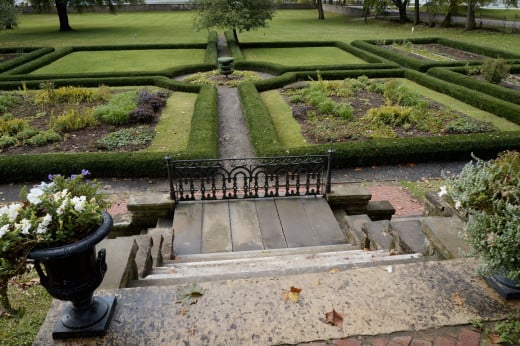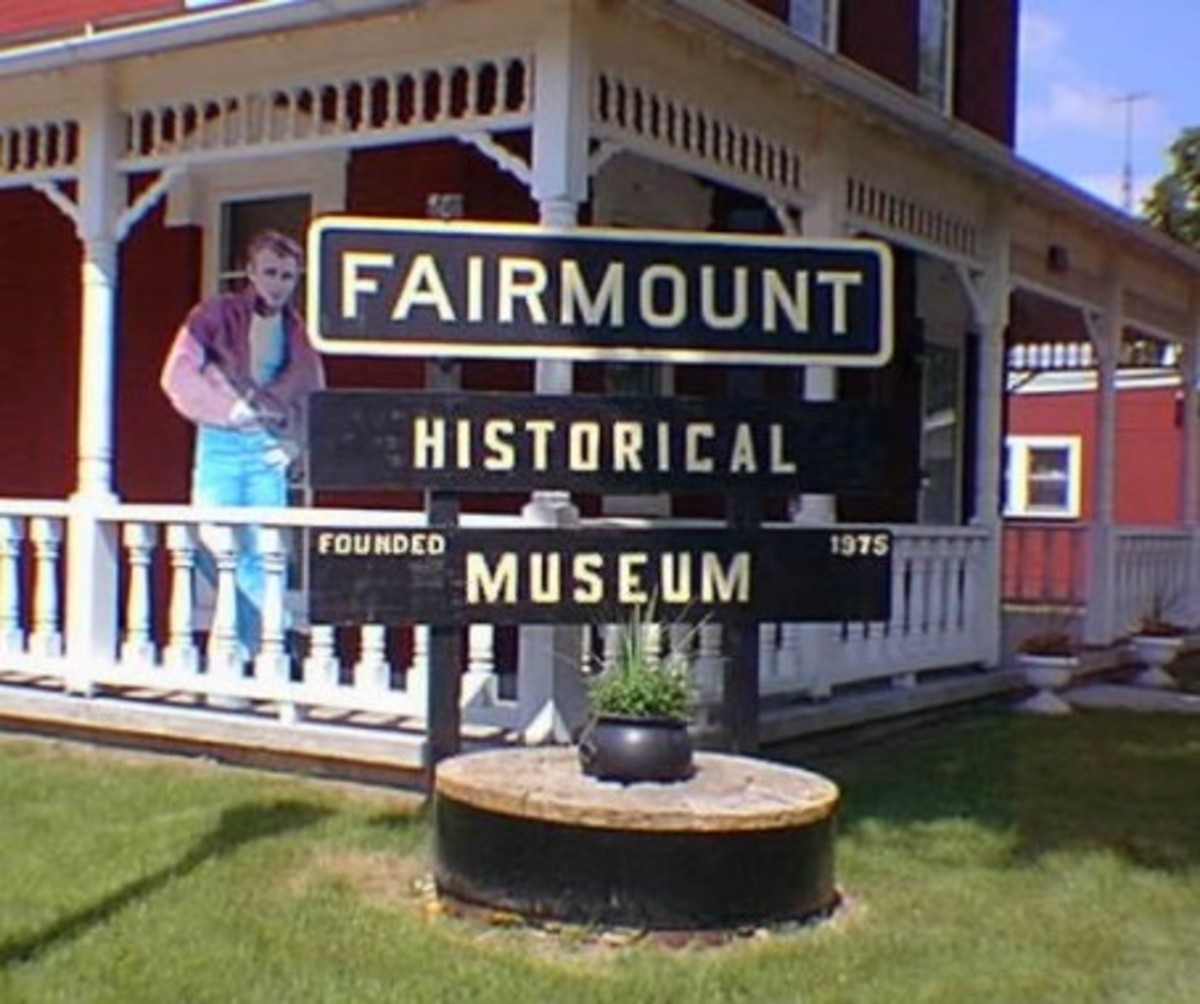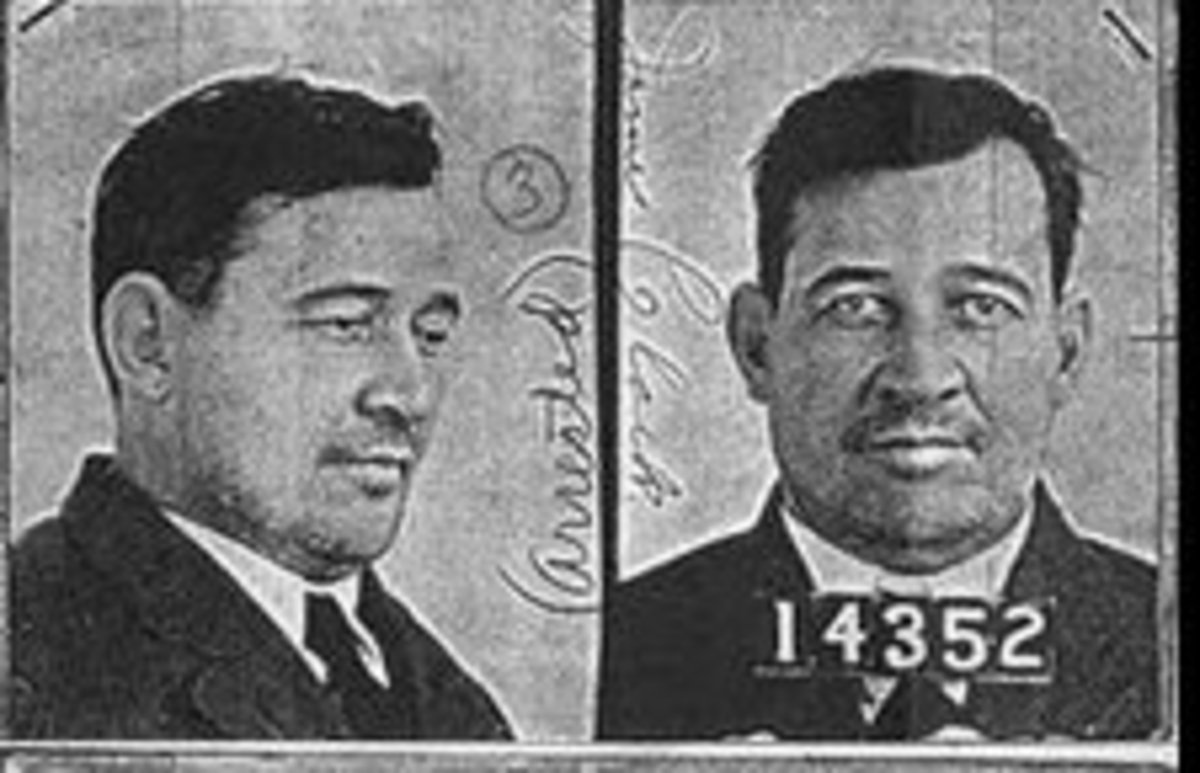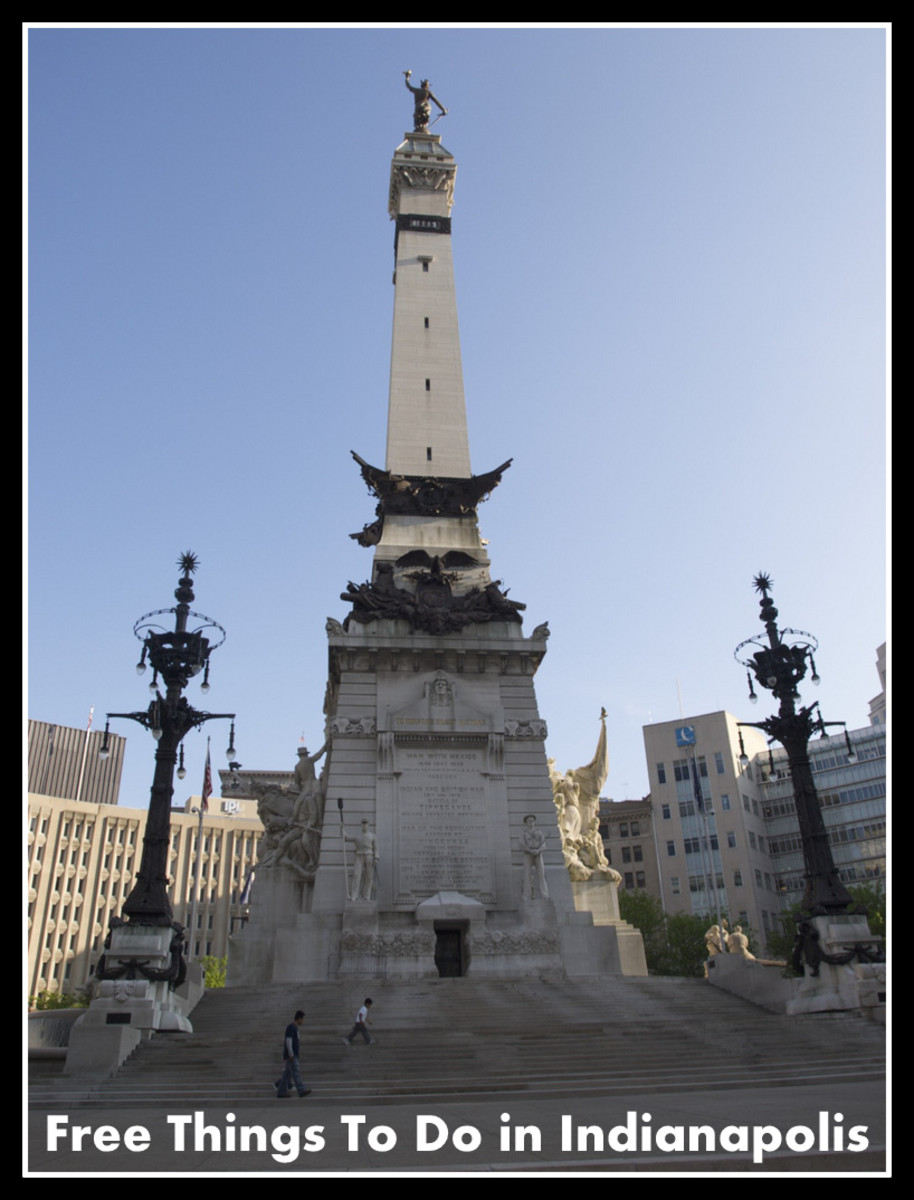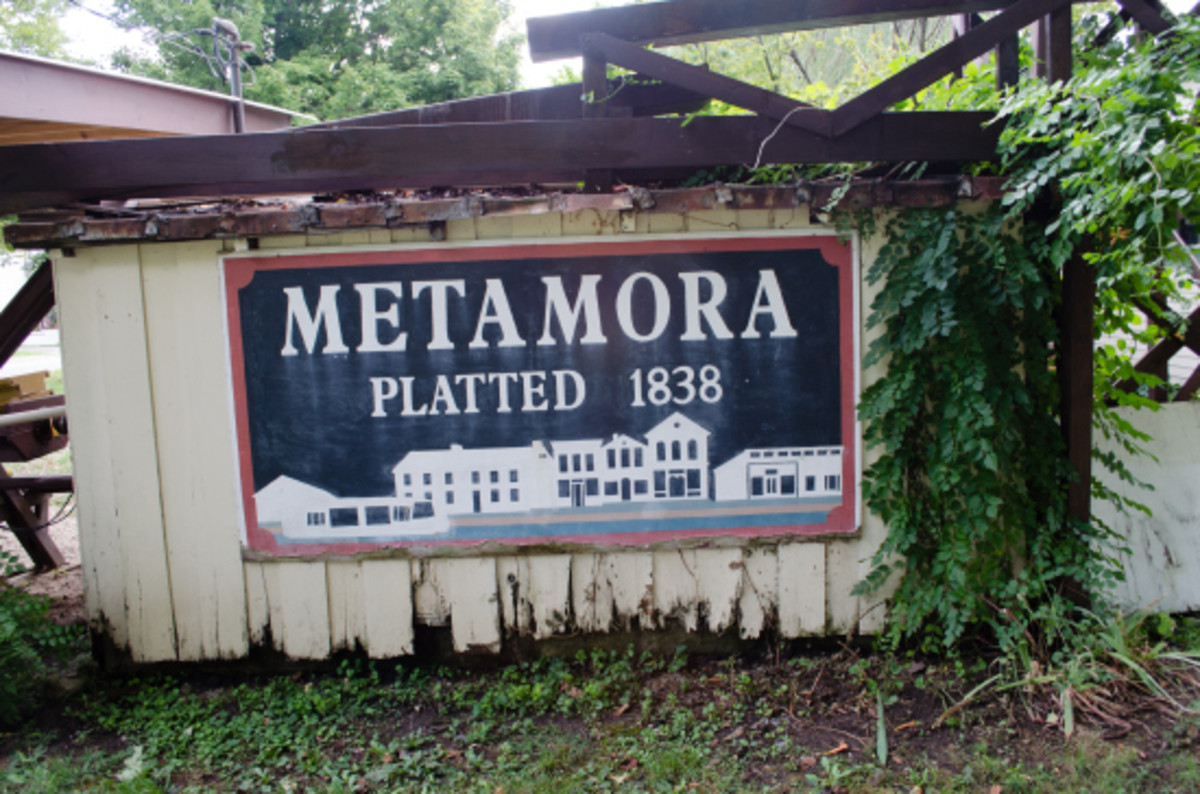- HubPages»
- Travel and Places»
- Visiting North America»
- United States
Lanier Mansion
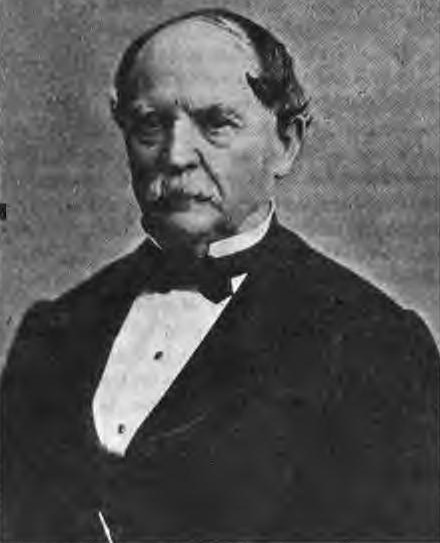
James Franklin Doughty Lanier was born in 1800 in North Carolina. He moved to Madison, along with his family, in 1817, just one year after Indiana became a state. After attending Transylvania University in Lexington Kentucky, Lanier began practicing law.
After achieving considerable financial success, he constructed a beautiful Greek Revival style home in Madison on the banks of the Ohio River. During the Civil War, at the request of Governor Oliver Morton, Lanier personally loaned the state of Indiana over one million dollars with no collateral. In recognition of his assistance, Indiana maintains his home as the Lanier Mansion State Historic Site.
Lanier's Early Years
After beginning his law career, Lanier became the assistant clerk for the Indiana Legislature and then clerk for the Indiana House of Representatives. Until 1825, Indiana's capital was located in Corydon, not far from the Ohio River. Initially, much of of Indiana's population was located in the far southern part of the state. As settlers began to move into the central and northern portions of Indiana, Corydon was no longer a convenient location for the majority of the state's population. In 1820 a spot in the center of the state was chosen for Indianapolis, which would become the new capital. Lanier assisted in the transition of the legislature from Corydon to Indianapolis.
In the 1830s Lanier began his banking career. The state passed legislation establishing the Bank of Indiana in 1834. Lanier was one of the directors and became a major shareholder of the Madison branch. By 1840 he was wealthy enough to begin construction of his mansion.
The Mansion
Lanier selected local Madison architect Francis Costigan to design and build his home. Costigan came to Madison in 1837, where he built two buildings that are National Historic Landmarks, the Lanier Mansion and the Charles Shrewsbury House. The Lanier Mansion is considered Costigan's masterpiece. Both of these buildings are in the Greek Revival style, and feature large spiral staircases. For his designs, Costigan leaned heavily on the pattern books by New York architect Minard Lafever. The south side of the Lanier Mansion features two story Greek Corinthian columns.
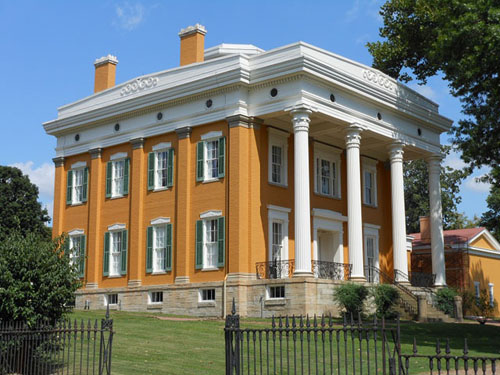
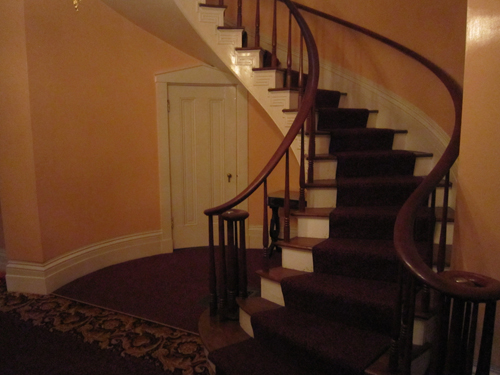
Railroads
James Lanier was a major shareholder in the Madison and Indianapolis Railroad, Indiana's first major railroad. It was completed in 1847 and proved to be a very profitable venture. In 1849 Lanier and partner Richard Winslow formed Winslow, Lanier & Company, located in New York City. They specialized in selling railroad securities to investors in the United States and Europe. In 1951 Lanier moved to New York, and never again lived in his beautiful home in Madison, Indiana.
Saving the State of Indiana
James Lanier twice played a key part in saving the state of Indiana financially. The first time was in 1847. Indiana had gone on a wild spending binge, primarily on canals. They were unable to pay the interest on their debt, much of which was held by European creditors. Lanier was able to arrange a settlement where the state transferred ownership of the canals, except the Wabash & Erie Canal, to the creditors in exchange for a 50% reduction in debt.
When the Civil War began in 1861, Indiana's finances were still shaky. Nevertheless, Governor Oliver Morton was a staunch supporter of the Union cause, and determined to provide the troops and supplies President Lincoln requested. Knowing that James Lanier was equally committed to supporting the Union, Morton asked him for an loan. Lanier lent the state $400,000 at eight percent interest. Later in the war, he loaned the state of Indiana an additional $640,000. Both loans were unsecured. By 1870 Indiana was able to repay the loans with interest.
The Lanier Mansion Today
James Lanier passed away in 1881 in New York. The mansion stayed in the Lanier family until it was donated to the Jefferson County Historical Society in 1917 by Charles Lanier, James Lanier's youngest son. In 1925 they turned it over to the state, which has maintained it as a historic site ever since.
In the 1990s, a major restoration was done on the mansion. Careful research had been done to determine the original interior and exterior colors. These were applied to the structure. High gloss varnish was also used where it would have been applied in 1844. The carpeting and wallpaper are reproductions of actual products available in 1844. The furnishings in the home are also based on historical research. In 1994, the Lanier Mansion was added to the prstigious list of National Historic Landmarks.
For information about visiting the Lanier Mansion, please visit the Indiana State Museum website.
